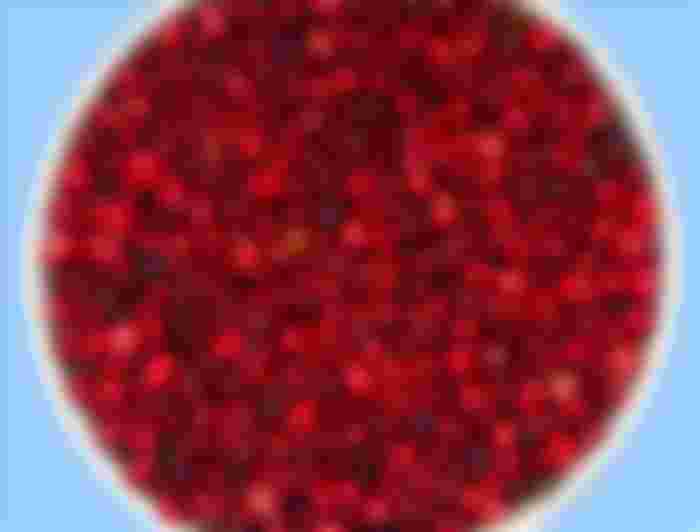
Good evening to all, how are you? It's me, at your service again, lol. This article of mine today's based on what My Uncle's experiencing for almost a week now on the hospital in Nueva Ecija where he was admitted, in reality, never saw how or what it looks like but just imagining it for how and what other people had described it, in fact, don't want to experience it and will try not to 'coz i don't like it nor being in the Hospital as i got a bad and creepy experienced before, an unforgettable experienced, i must say, lol, so let's start this one right now, lol.

Dialysis Is......
It's what My Uncle's experiencing or undergoing for almost a week now in an Hospital in Nueva Ecija.
It's a treatment that filters and purifies the Blood using a machine.
It helps keep your Fluids and Electrolytes in balance when the Kidneys can't do their job.
It has been used since the 1940's to treat People with Kidney problems.
3 TypesHemodialysis- The most common type of Dialysis, a process that uses an artificial Kidney or Hemodialyzer to remove waste and extra fluid from the Blood.
3 Entrance Points Or Vascular Access1. Arteriovenous Or AV Fistula- It connects an Artery and a Vein. A preferred option.
2. AV Graft- It's a Looped Tube.
3. Vascular Access Catheter- It may be inserted into the Large Vein in your Neck. From what My Uncle's Best Friend who's in the Hospital with him as of this moment, this one's what the Doctor advised or do with him there.
Hemodialysis Associated Risks* Low Blood Pressure
* Anemia or not having enough Red Blood Cells
* Muscle Cramping
* Difficulty Sleeping
* Itching
* High Blood Potassium Levels
* Pericarditis or an Inflammation of the Membrane around the Heart
* Sepsis
* Bacteremia or a Bloodstream Infection
* Irregular Heartbeat
* Sudden Cardiac Death or the Leading cause of Death in People undergoing Dialysis

Peritoneal Dialysis- It involves surgery to implant a Peritoneal Dialysis(PD) Catheter into your Abdomen. A special fluid called Dialysate flows into the Peritoneum.
3 Types1. Continuous Ambulatory Peritoneal Dialysis or CAPD. Here, your Abdomen is filled and drained multiple times each day, this doesn't require a machine and must be performed while awake.
2. Continuous Cycling Peritoneal Dialysis or CCPD. It uses a Machine to cycle the Fluid in and out of your Abdomen, usually done at night while you sleep.
3. Intermittent Peritoneal Dialysis or IPD. A treatment that's usually performed in the Hospital though it may be performed at Home. It uses the same Machine as CCPD but the process takes longer.
Peritoneal Dialysis Associated RisksPeritonitis- An Infection of the Membrane lining the Abdominal Wall.
* Abdominal Muscle Weakening
* High Blood Sugar due to the Dextrose in the Dialysate
* Weight Gain
* Hernia
* Fever
* Stomach Pain

Continuous Renal Replacement Therapy or CRRT- It's a therapy that's used primarily in the Intensive Care Unit for People with Acute Kidney Failure, also known as Hemofiltration, a Machine passes the Blood through tubing. Procedure's performed 12 to 24 hours a day, generally every day.
Associated Risks* Infection
* Hypothermia
* Low Blood Pressure
* Electrolyte Disturbances
* Bleeding
* Delayed Renal Recovery
* Weakening of Bones
* Anaphylaxis
* Amyloidosis
* Depression

Kidney Transplant's an another option for some People.
Things To Avoid To Be A Kidney Tranplant Candidate:
* Smoke
* Heavily Use Alcohol
* Obese
* Have An Untreated Mental Health Condition
This is all for now, worried 'bout My Uncle but we can't do nothing as of this moment for the very obvious reason, 'coz of the Pandemic but so grateful for My Uncle's Best Friend who never leaves and stayed on the Hospital even though they are just on the Hospital's corridor and not on My Uncle's room there, hope this article of mine today here's a little helpful and informative as well, yours truly and at your service's going to have her dinner here now, lol, have a good evening and night to all, brb soon after some chores needed to do here, lol, it's dinner time for me here now, let's eat po, lol.







Sana gumaling siya agad sis